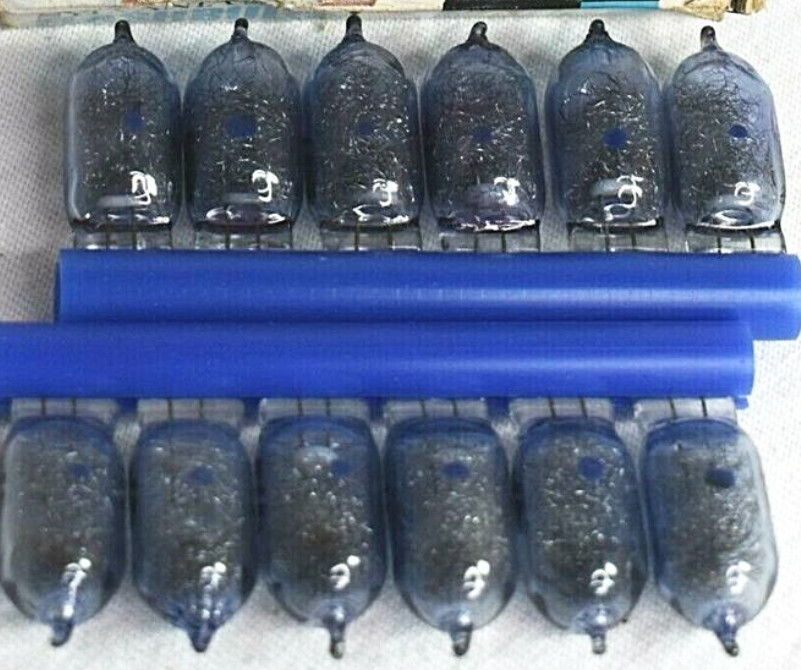
Recently I was contemplating how much has changed in photography since my first job as a "professional photographer" working as a summer intern news photographer for $85 a week, during my college days at The Rochester Institute of Technology. I was lucky to get two great internships after my sophomore and junior years. Although I had a good education in college about the theory and usage of photographic lighting, composition, as well as photographic films and chemistry; it was the practical experience of being a photojournalist for a daily newspaper that helped me to become a successful photographer. I would never have learned how to operate in the real world by reading a textbook or listening to a lecture in class. Here is a photo of me from that time, taken by my friend and fellow photographer Tom Kielick.
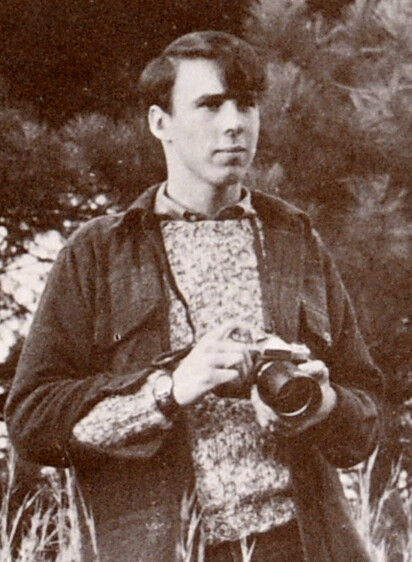
At age nineteen I wasn’t very confident in my ability as a photographer, and I was afraid that I would make lots of mistakes. My photo equipment was very basic: one Nikon F body, a 35 mm f2.8 wide angle lens and a 105mm f 2.5 telephoto lens. I didn’t own a flash nor understand how to use one. I carried my gear around in an old Army surplus gas mask bag.
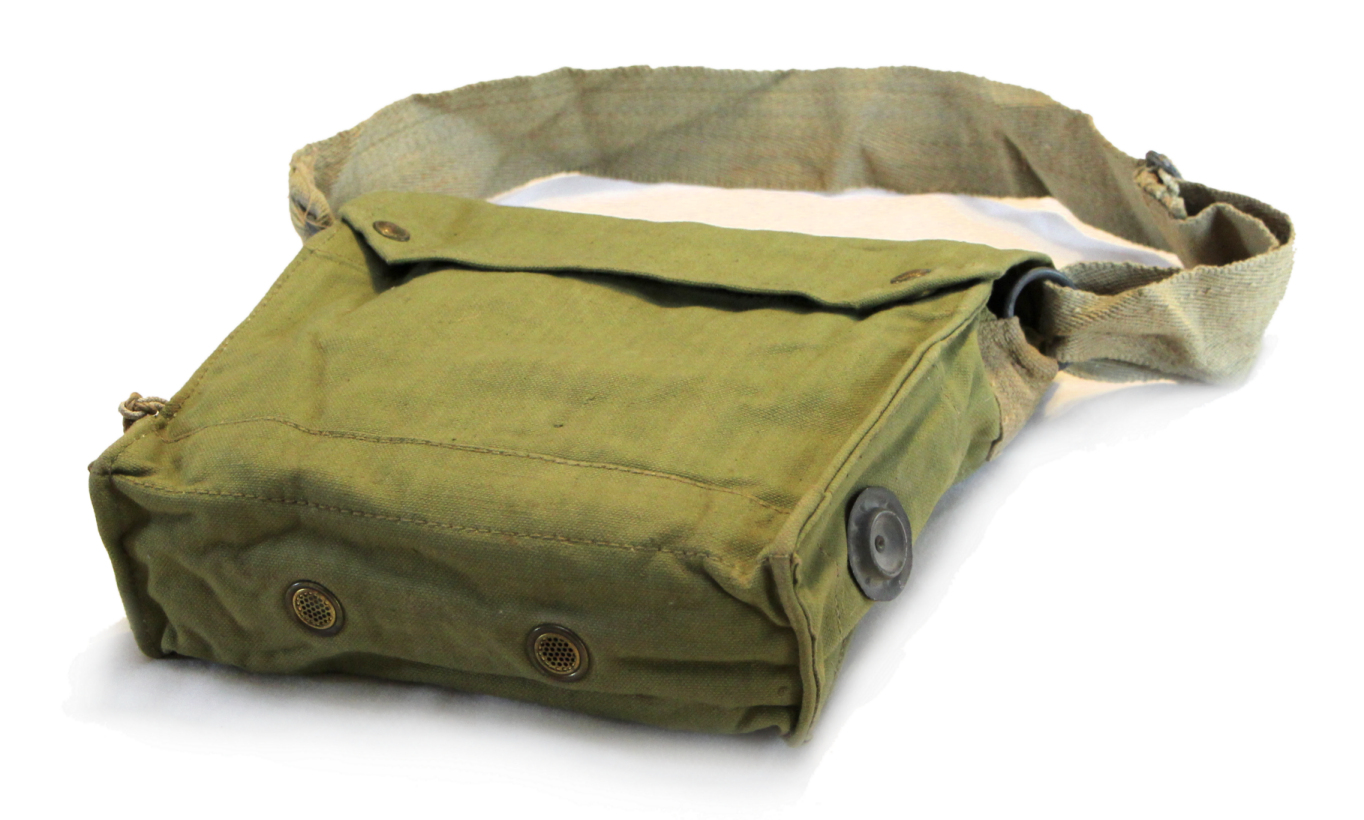
At my first job at the “Manchester Evening Herald” I learned that when I was given an assignment; I had to find the address (before GPS), take the photos, develop my film, make a good black and white print, and write a short caption while making sure all the names were spelled correctly. This all had to be completed and brought to the editor's desk in time to meet the publication deadline which was 2 PM. There were three to four assignments each day. If it was a slow day I was expected to go out and find an interesting “weather picture”. Here is my first ever front page photo:
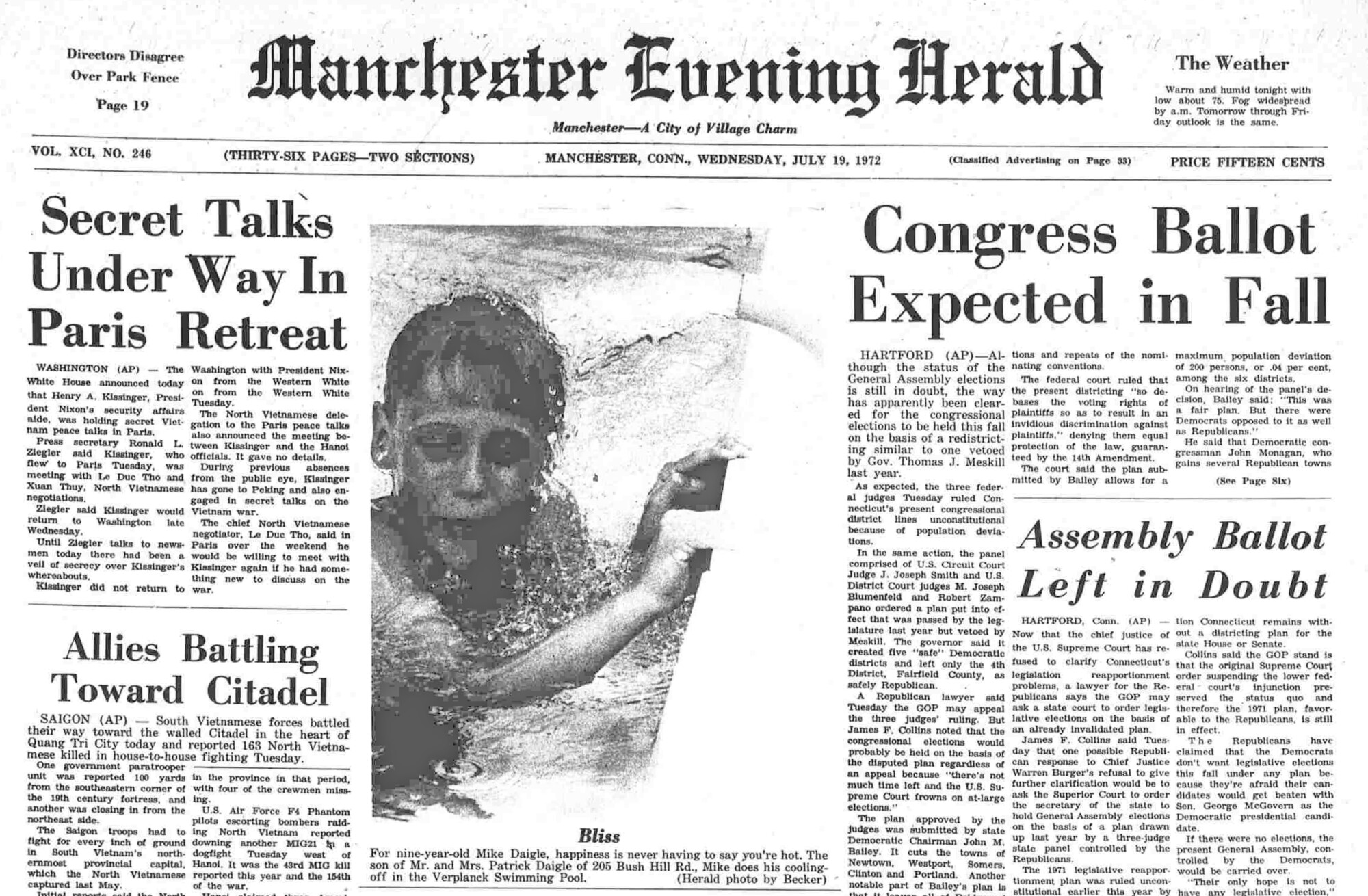
Since I didn't own a flash, I was given a compact flash that had a reflector that unfolded and a box of peanut sized flashbulbs. I had to be careful removing a used flashbulb after I took a shot because it would burn my hand. Fortunately, I had very good news photographers to teach me. Unfortunately The Manchester Evening Herald ceased publication in 1991.
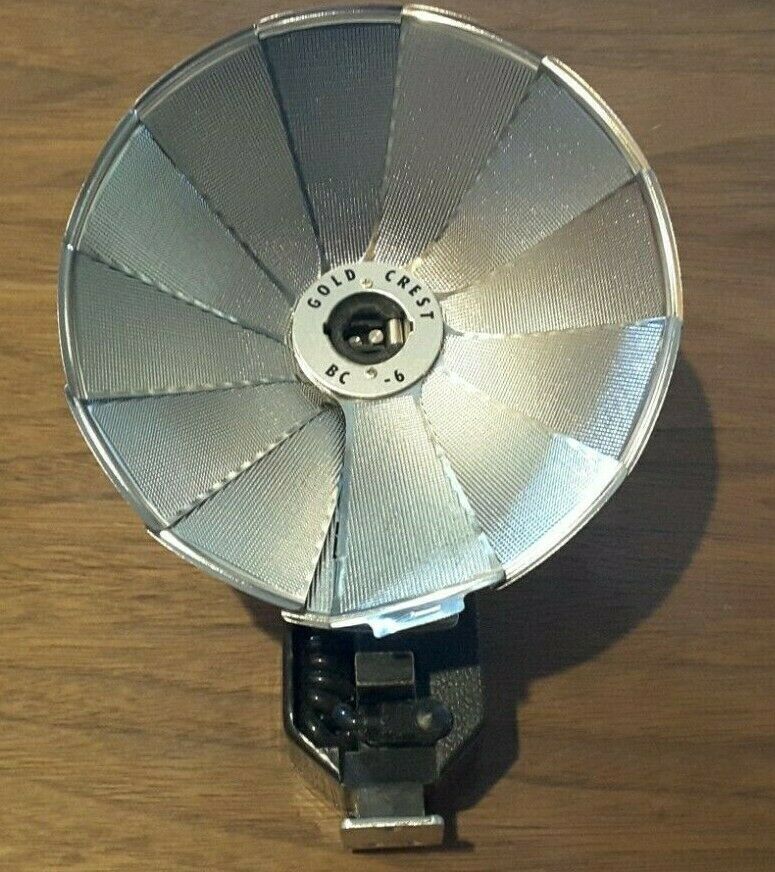
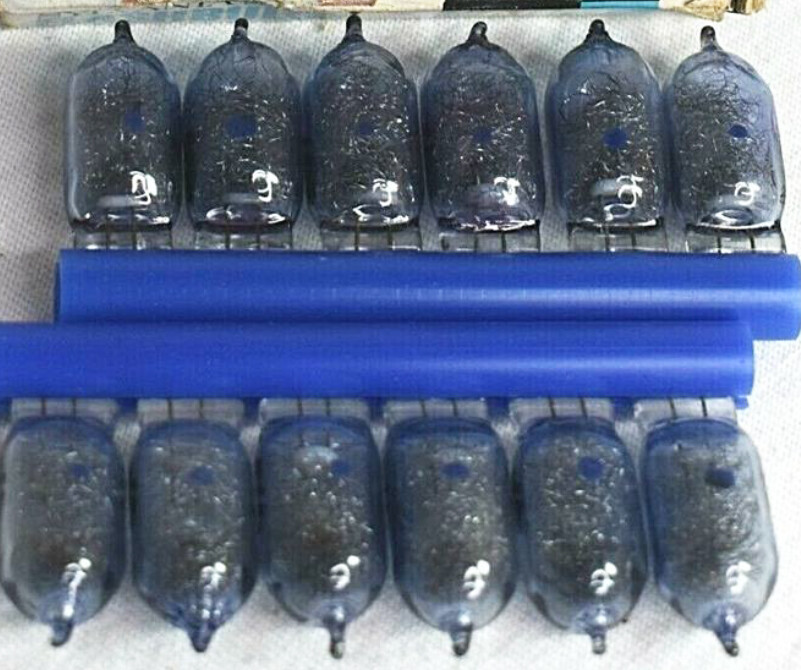
After my Junior year I was hired as a summer intern photographer at the “Hartford Courant” and made an extra $15 a week. I saved up and bought a professional flash that had a 510-volt battery pack that I hung over my shoulder, just like all the other Hartford Courant photographers. I got pretty good at holding the flash up high with my left hand, holding my camera with my right hand and focusing with my finger. I shot that way until the Vivitar 283 flash came out in the 1980s that went on top of my camera and I could tilt it up to bonce the light.
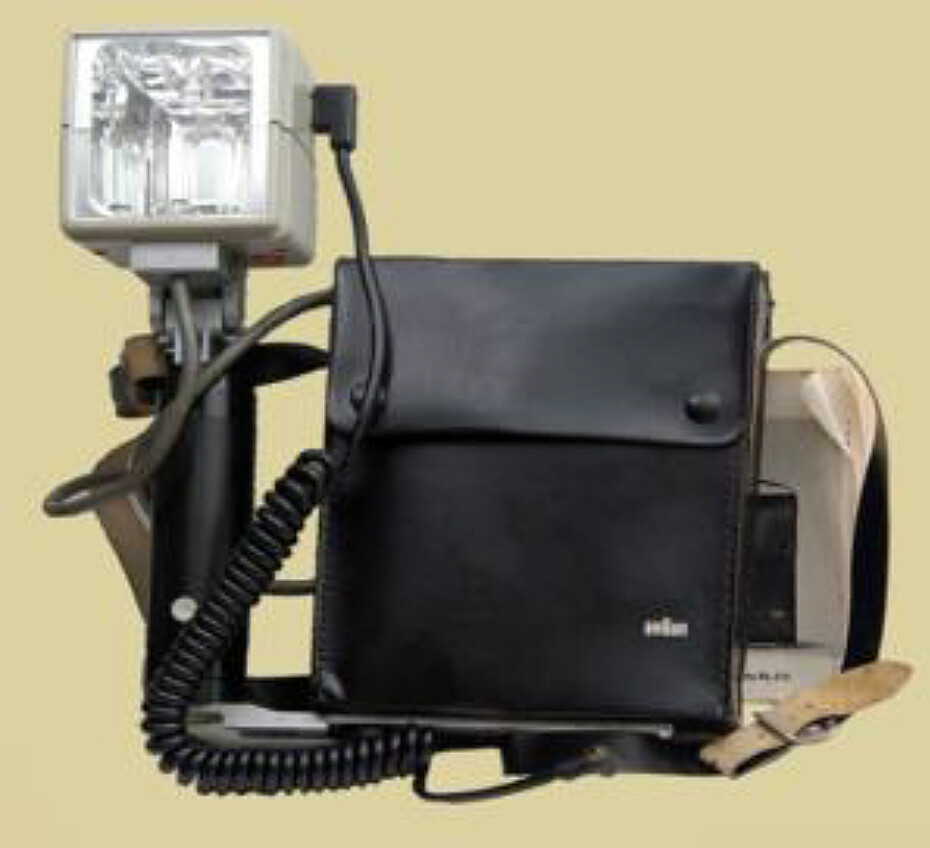
All the Courant photographers developed their film in a small darkroom with a sliding door that contained a two gallon tank of developer. Once I loaded the film on a reel and placed it in the developer tank and put the lid on, it was time to load a new roll of film from the bulk loader into my special Nikon metal cassettes. Then I could come out and sit at a manual typewriter and start writing my captions on sheets of newsprint paper. Every minute or so I needed to go back into the small darkroom, shut the door and agitate the film reel, which was on a stainless-steel wire, by lifting it up and down. When the timer went off after about seven minutes, it was time to put the film reel into the fixer and then the wash tank. After washing for a few minutes, I unwound the film from the reel and clipped one end to a large table fan with a clothespin and the other end to a wooden box that contained more clothespins. When the film was dry I snipped the 35mm negative sprocket holes of the frames I wanted to print with a scissors. That made It easy to find those frames in the darkroom.

The print darkroom at the “Hartford Courant” was a fascinating place. It was designed so that several photographers could make prints at the same time. The entrance was a light baffle instead of a door and the walls were all painted black. The darkroom was lit by several amber safelights. There were three omega B22 enlargers and one D2 enlarger that could print from 4X5 negatives on a table along the back wall. On the other side was a large sink with an 8X10 tray of developer and next to it a tray of stop bath that contained acetic acid, which had a sharp smell. Next to that was a large tank of hypo fixer that also has a bad smell. The deep fixer tank extended all the way outside the darkroom into the office. There was another large sink in the office, just outside the darkroom that contained the other side of the fixer tank and a large wash tray.
The chief photographer at the time did not believe in having timers on the enlargers, so there was a light switch in front of each enlarger and I had to count the seconds off to myself as I exposed each print. After I developed a print and placed it in the fixer tank, there was a long cord that I pulled to click on a spotlight that shone just on the fixer tank. If the print was good; I would push it through to the outside part of the fixer tank with a wooden stick. After I washed my prints for a few minutes, I dried them on a flipper dryer that had a canvass cover. Then I went to the newsroom and delivered my black and white prints along with the typewritten captions. Looking back, it is amazing to think that a team of eight photographers produced their work this way, seven days a week.
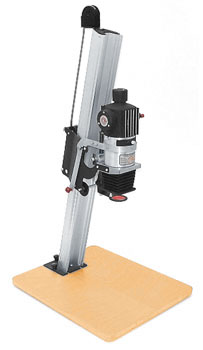
The most exciting assignment I had during my Hartford Courant internship was photographing the implosion of an old building on Pearl St. in downtown Hartford. The building was in between two modern office buildings. In anticipation of the event, the chief photographer had us practice without film in our cameras, taking photos as fast as we could. None of us had motor drives on our cameras so after each photo was taken, the film was advanced with a lever, All eight photographers had to get up at five AM on a Sunday morning and we were stationed around the downtown area. I was assigned to the roof of the Hartford National Bank building right next to the Aetna photographer. Aetna had insured the demolition contractor. The demolition was over in about ten seconds and we all scrambled to develop and print our photos. I was absolutely thrilled when my photos were chosen to grace the top of the front page the next day.

Now the entire newsroom is gone. Reporters, editors, and photographers work remotely. The Hartford Courant is now printed in Massachusetts and is owned by a hedge fund; but the Hartford Courant is still the first thing that I read every day.
I am extremely grateful for the great newspaper photographers that had the patience to teach me. I will never forget what I learned those two summers and I will always fondly remember making beautiful black and white prints in the Hartford Courant darkroom and shoving them through the fixer tank with a stick.
Timothy Becker
Creative Images Photography
901 Main St.
Manchester, CT 06040
860-528-7818
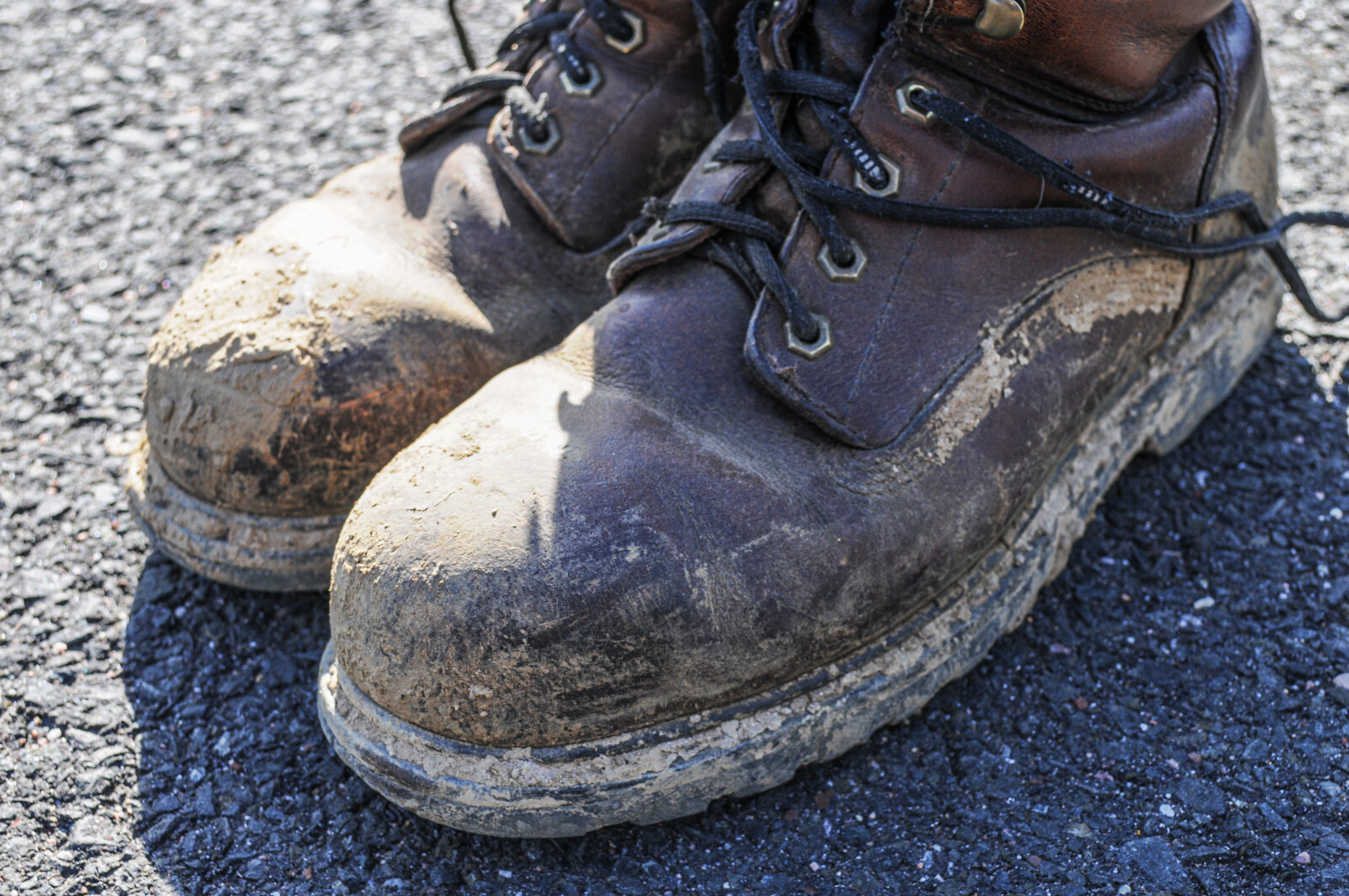

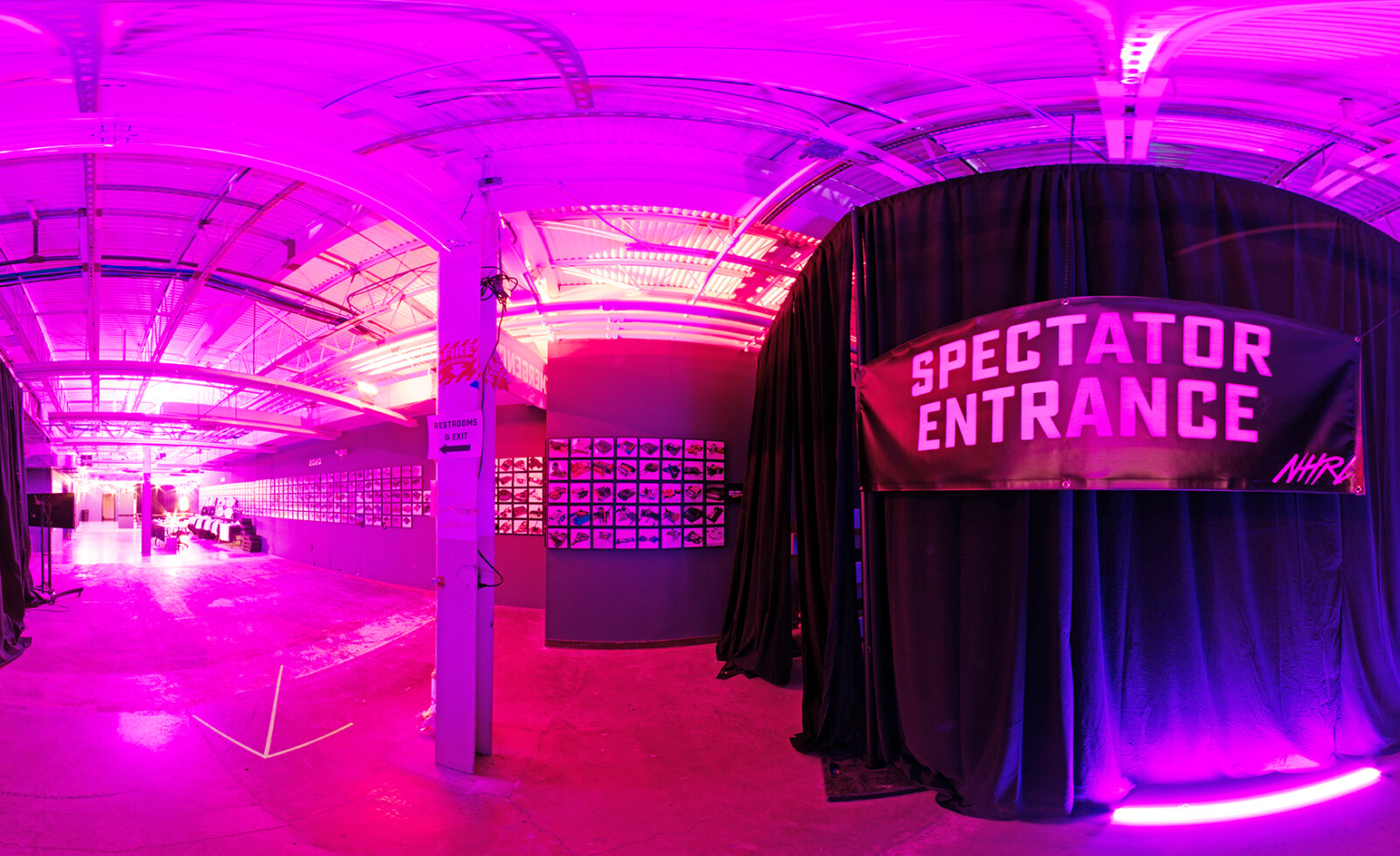
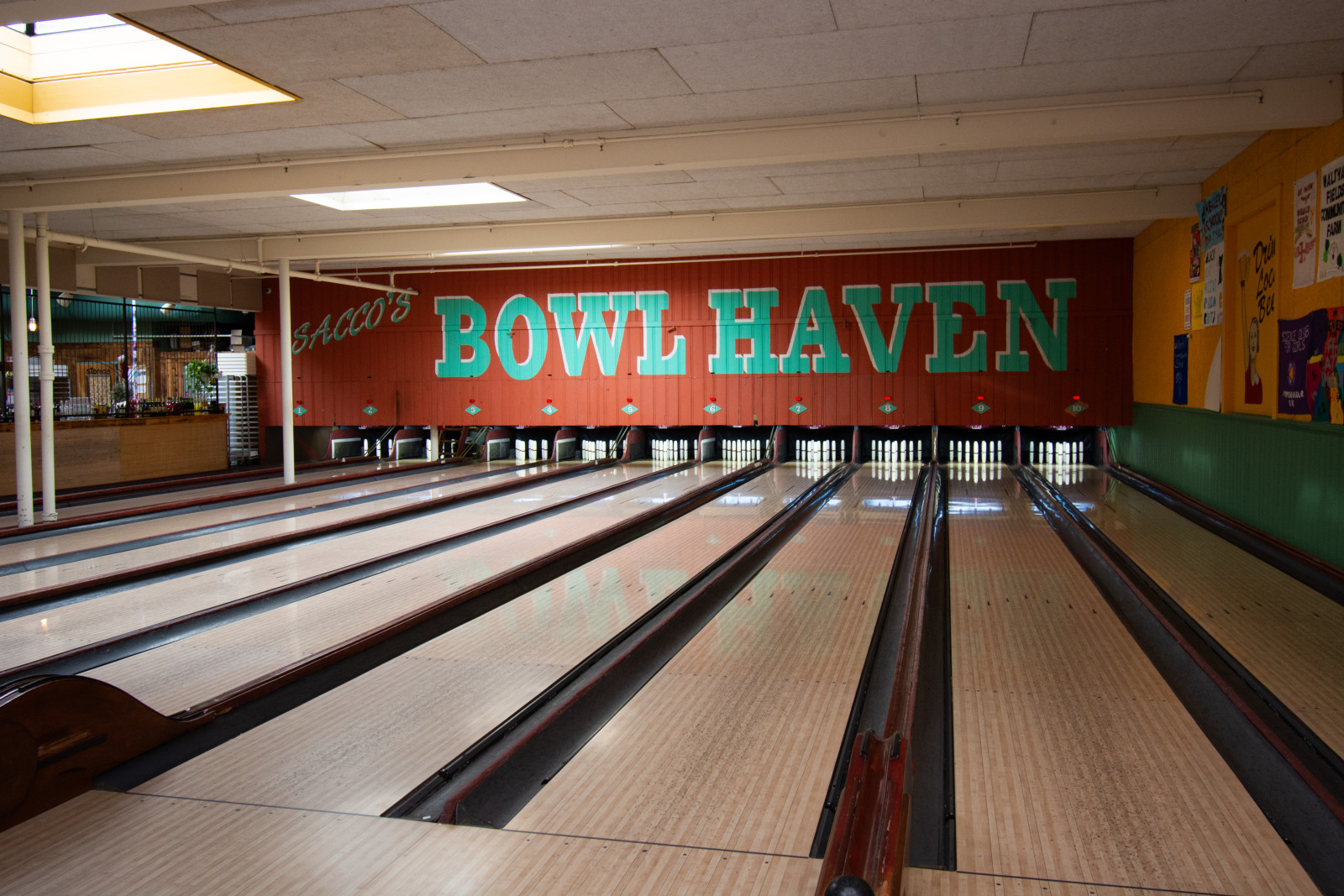
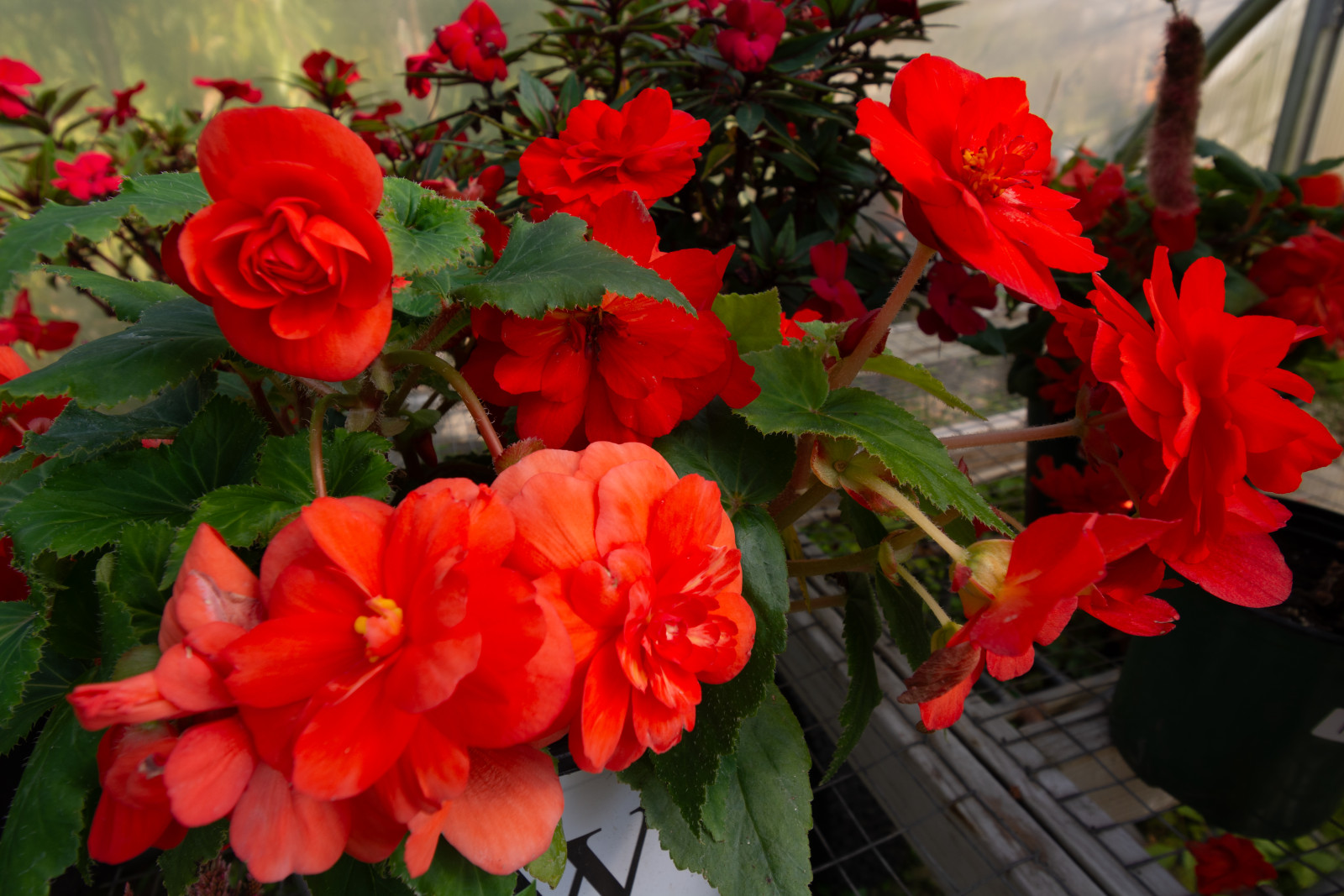
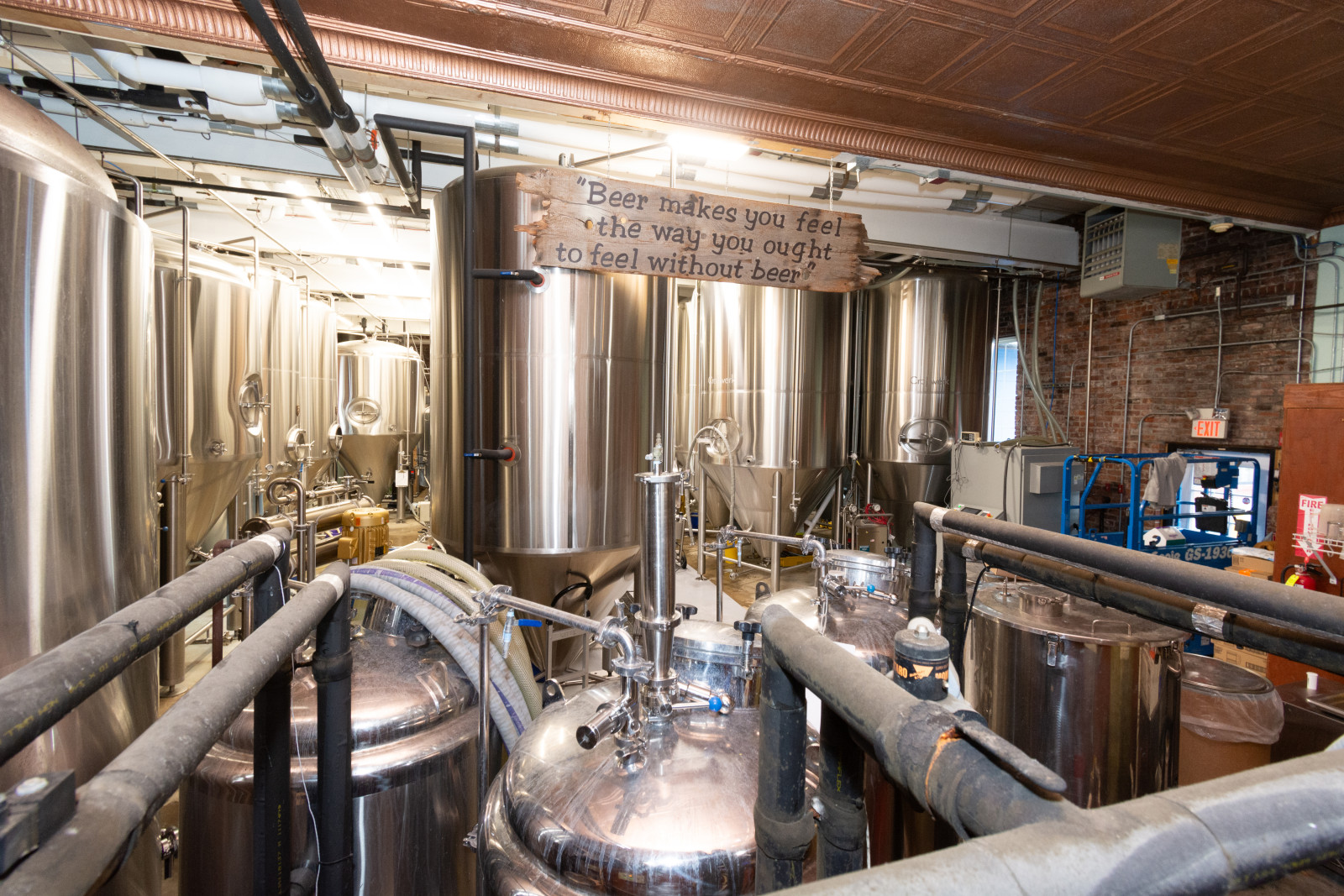
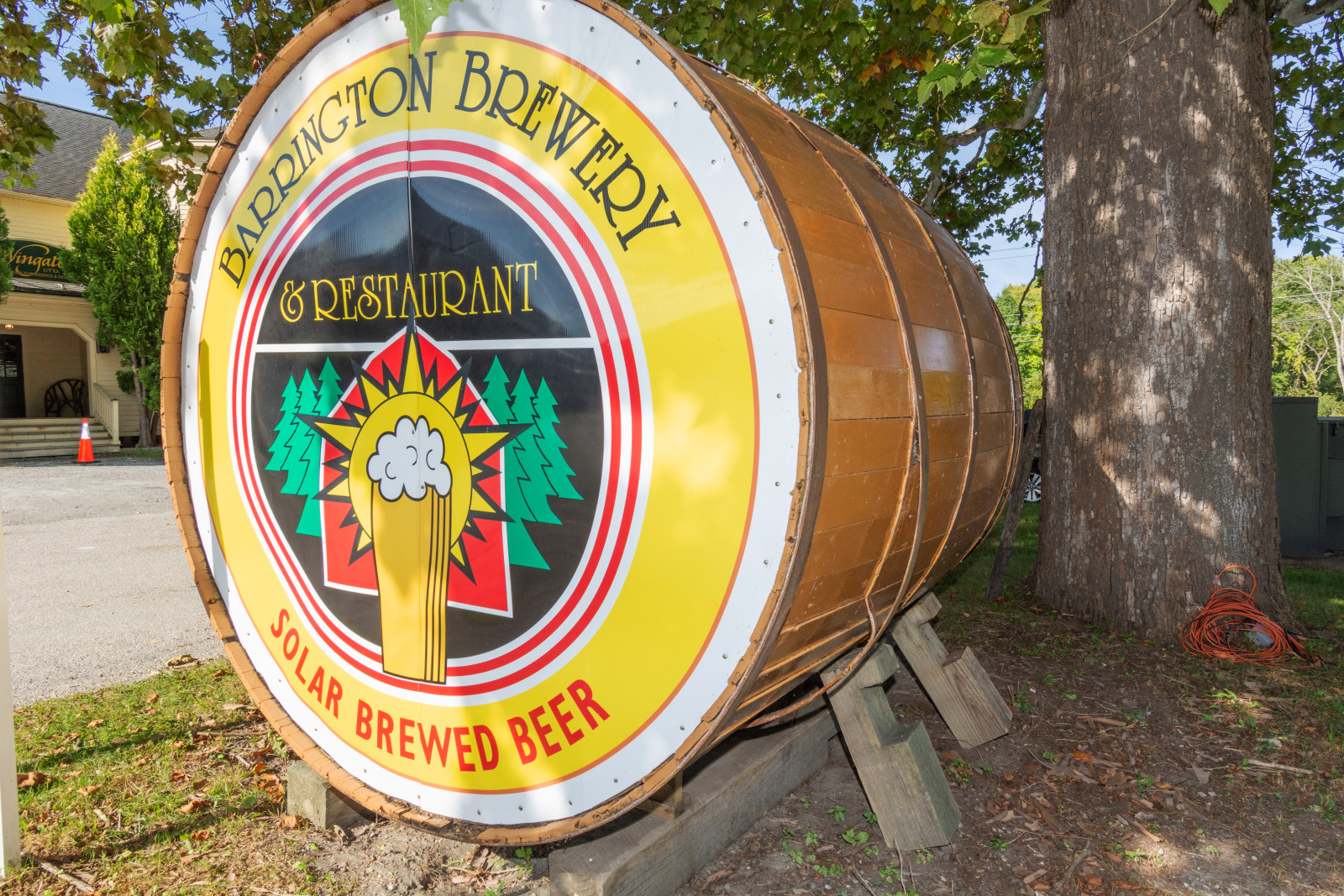
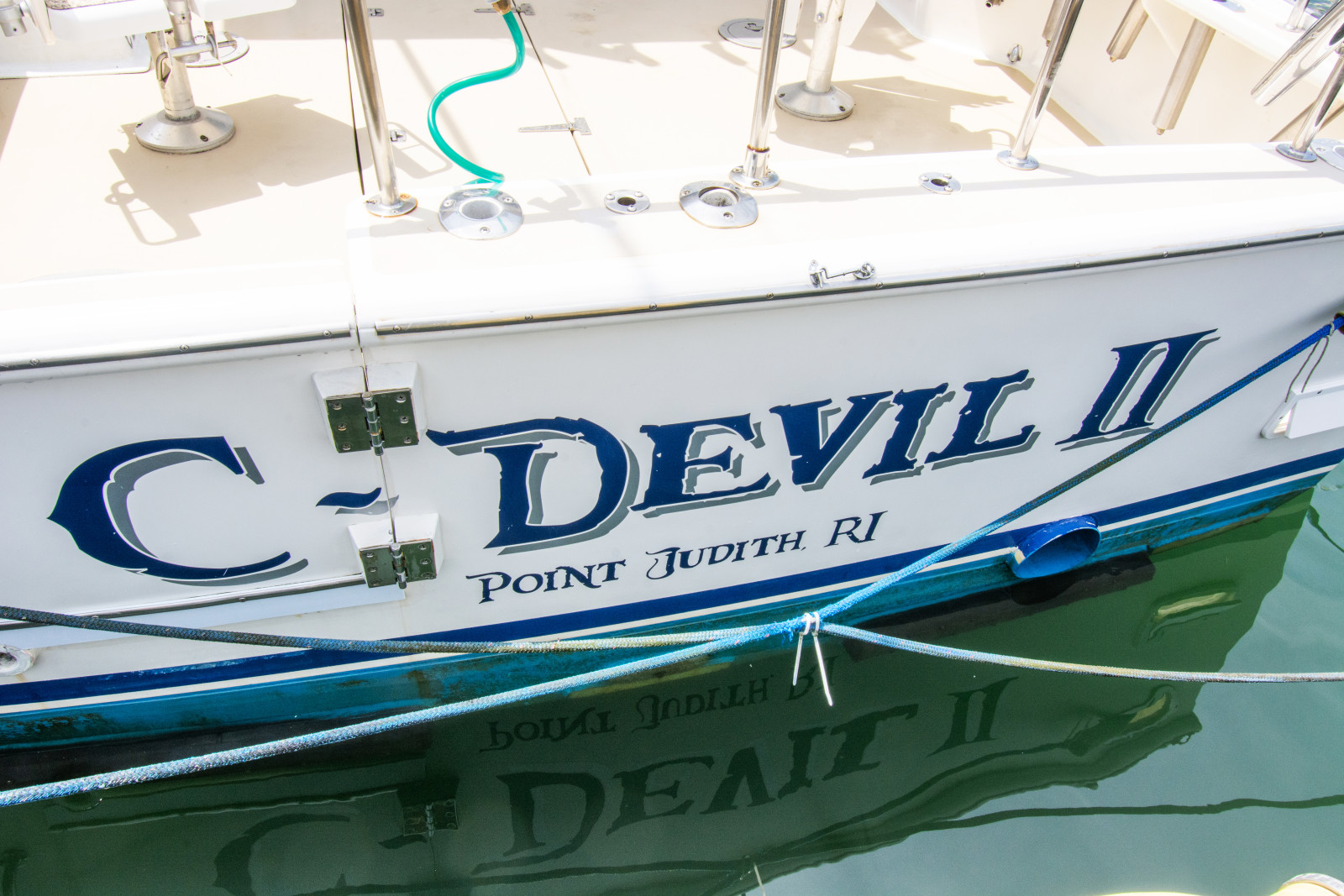
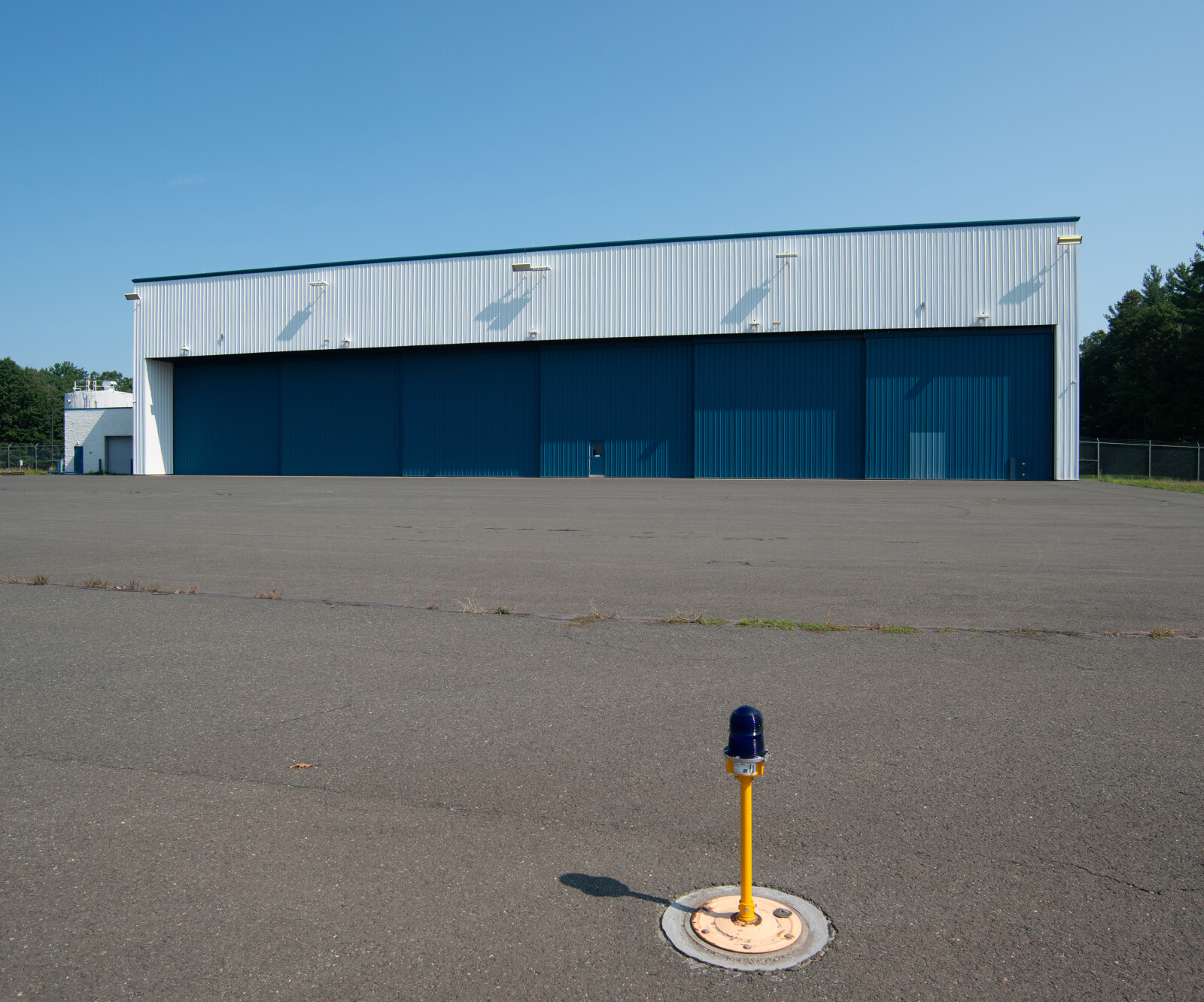
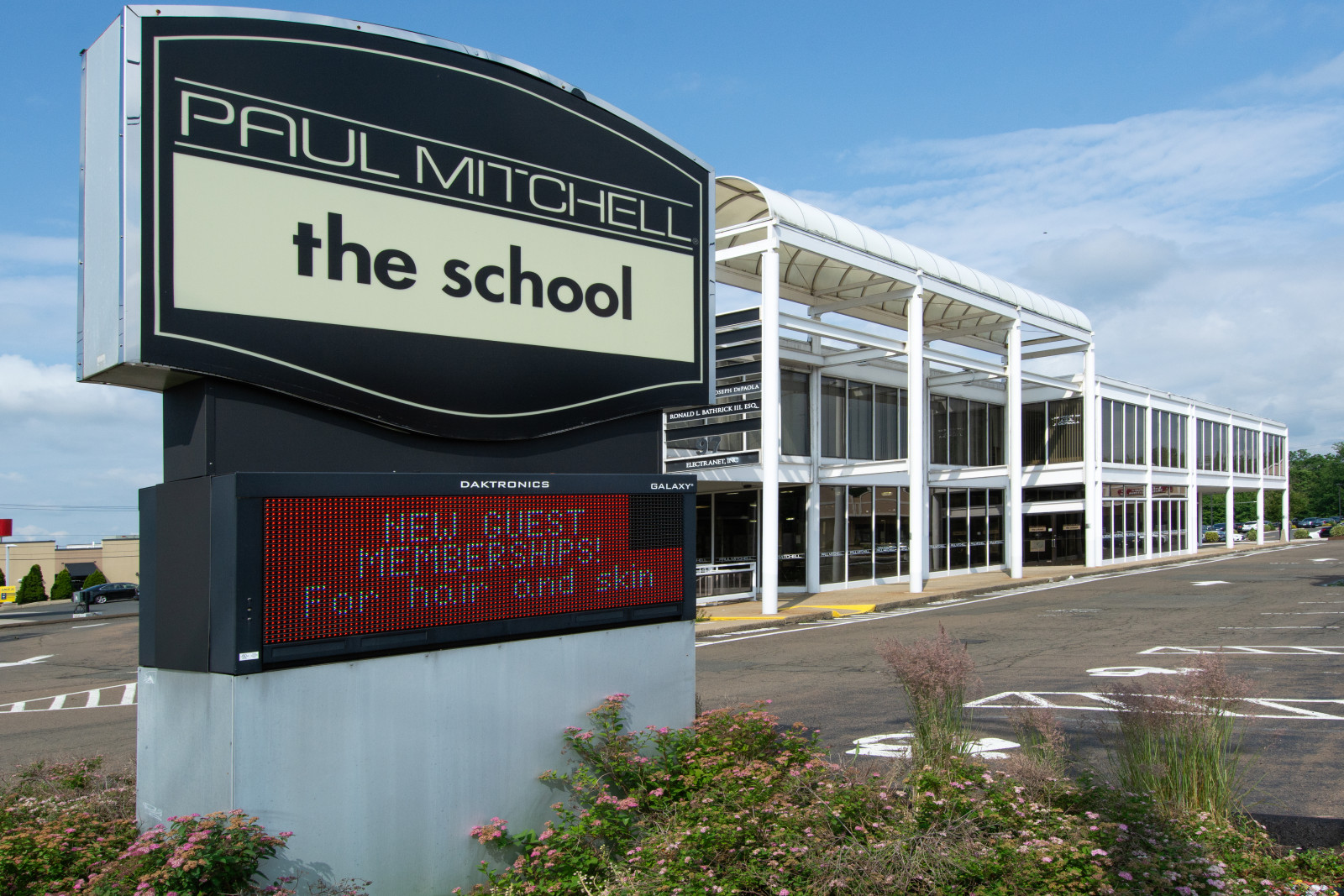
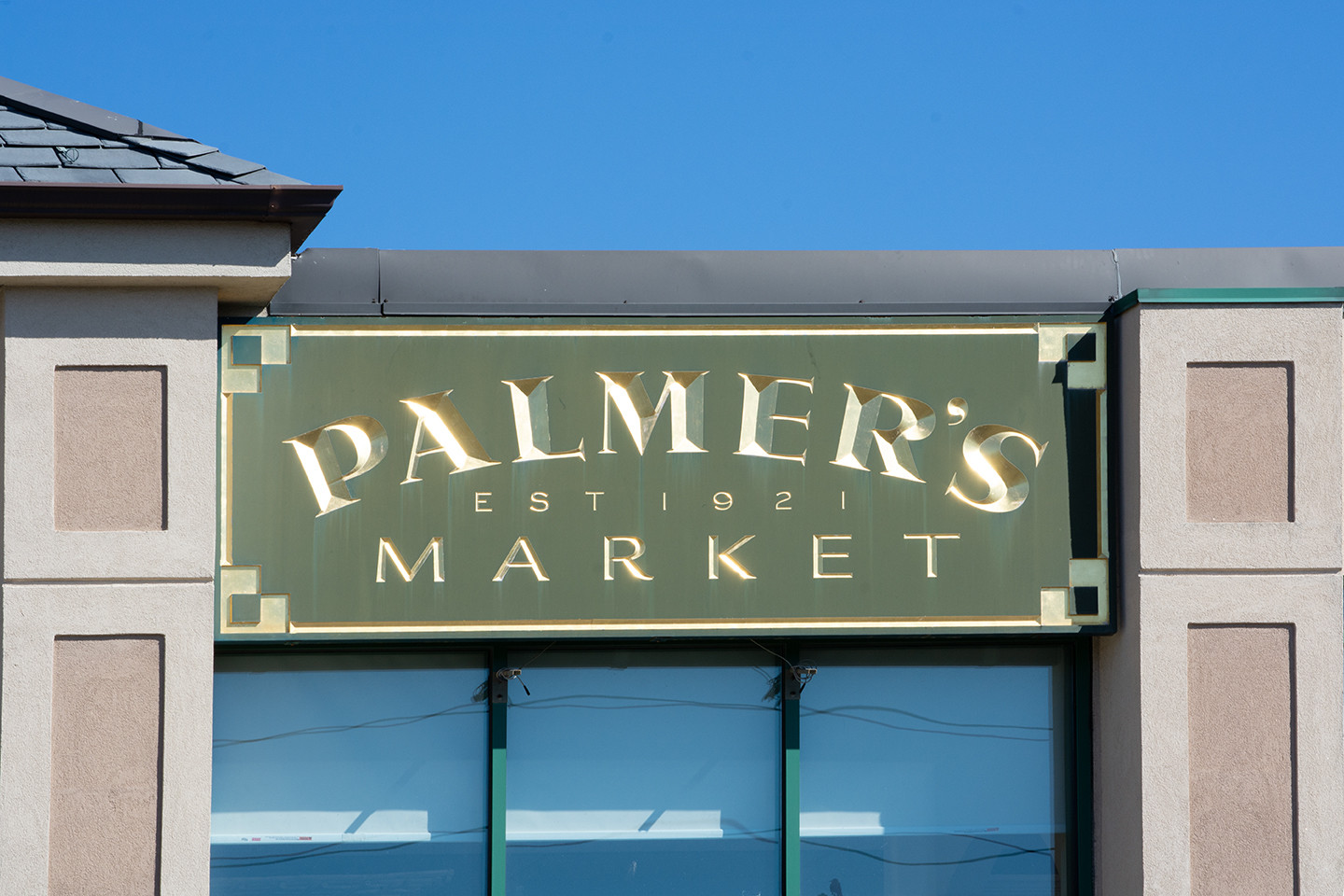
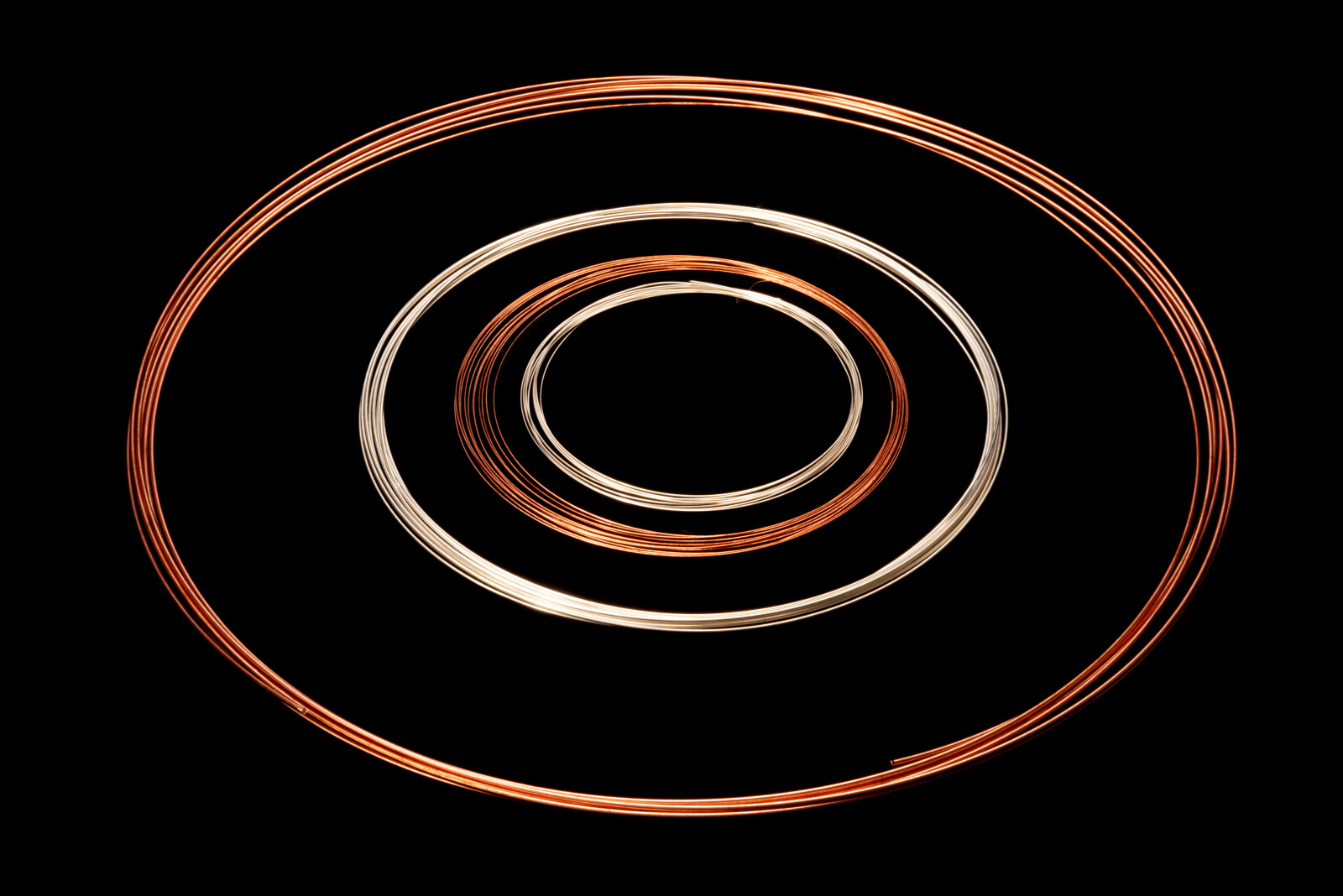
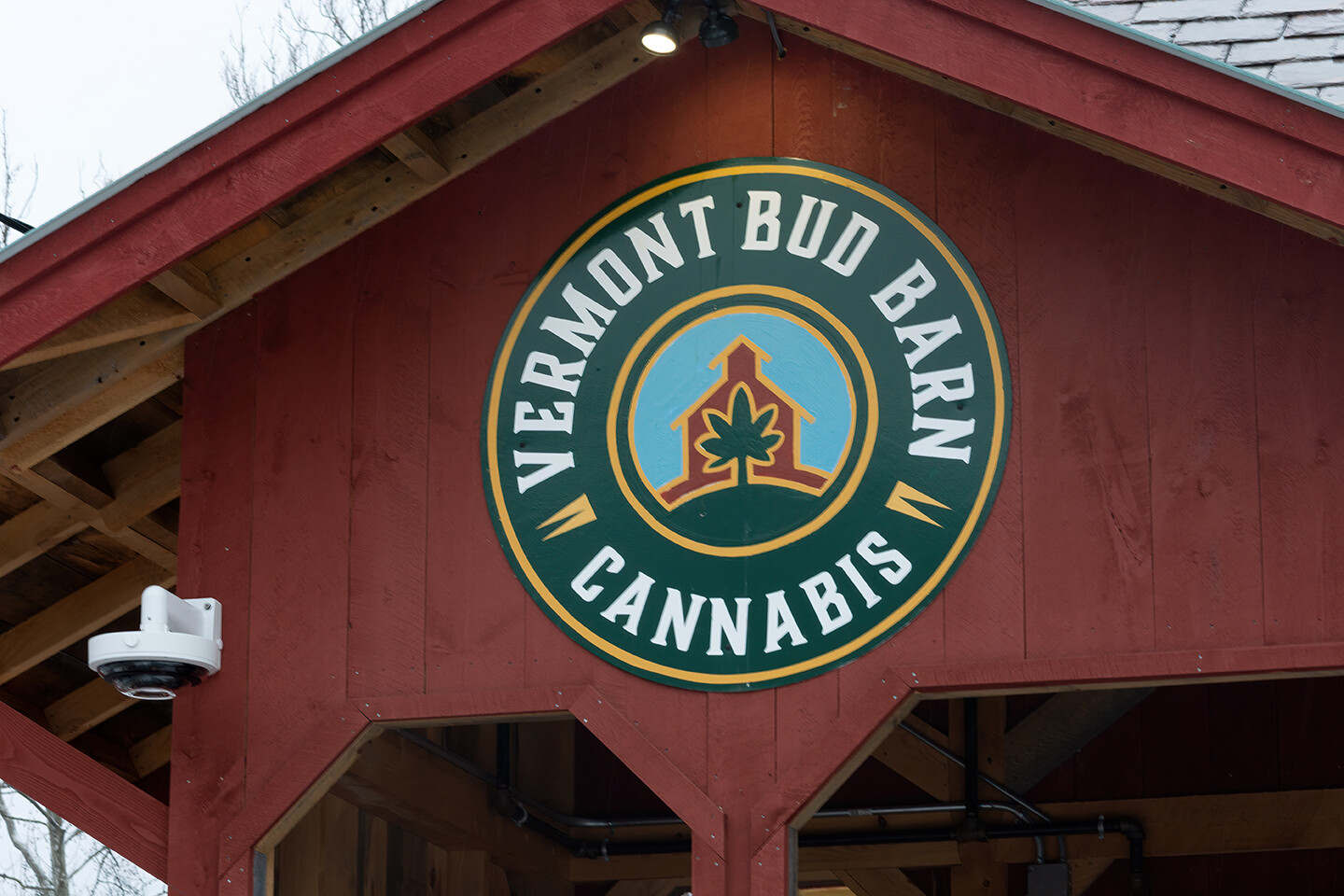
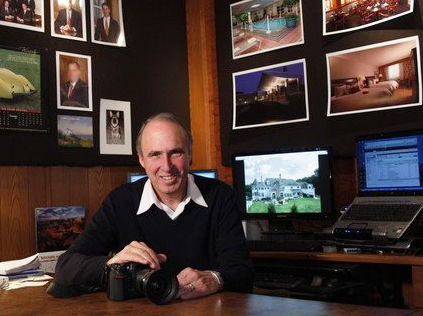
0 Comments